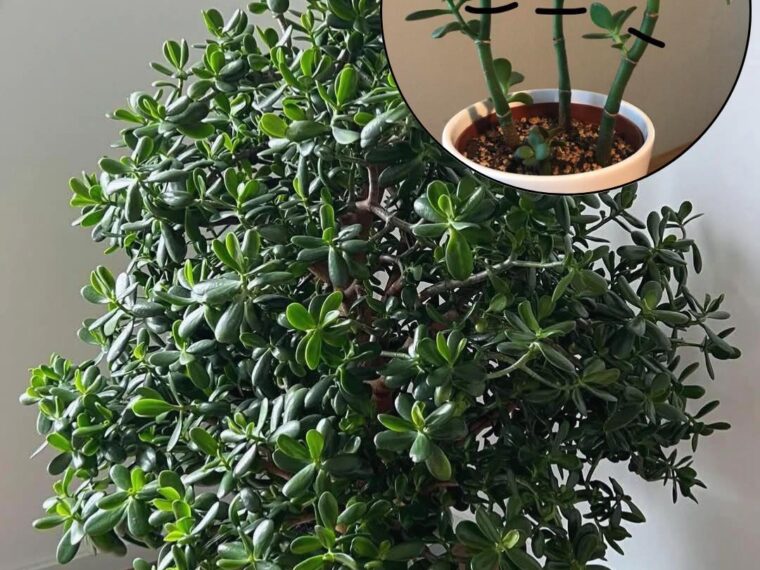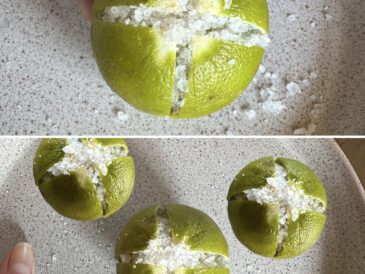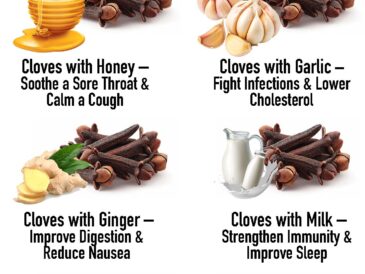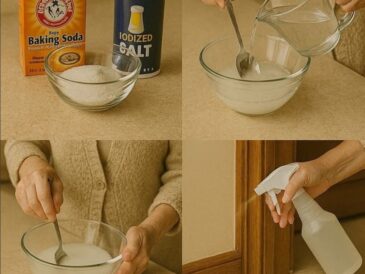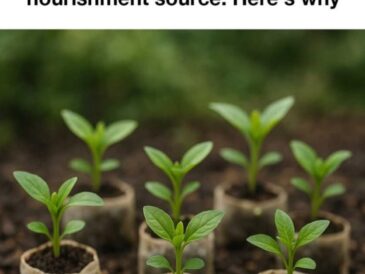Jade plants are more than just eye-catching succulents—they’re resilient, easy-to-care-for houseplants that many people adore for their longevity and charm. Scientifically known as Crassula ovata, the jade plant is a symbol of prosperity and good luck in many cultures. Whether you’re a seasoned plant parent or just starting your indoor gardening journey, jade plants are the perfect companion for your windowsill.
Understanding Jade Plants
Origin and Background
Native to South Africa and Mozambique, jade plants thrive in dry, arid climates. Their thick, oval-shaped leaves store water, allowing them to survive periods of drought.
Types of Jade Plants
- Crassula ovata: The classic jade plant with shiny, oval leaves.
- Crassula ovata ‘Hobbit’: Has tubular, curled leaves—very distinctive.
- Crassula arborescens: Known for bluish-gray foliage and a tree-like structure.
Cultural Symbolism
In Feng Shui, jade plants are believed to bring wealth and prosperity, especially when placed near the front door or in the southeast corner of a home.
Benefits of Growing Jade Plants
- Air Purification: Jade plants can help filter indoor air and remove toxins.
- Low Maintenance: They require minimal watering and care—perfect for busy lifestyles.
- Aesthetic Appeal: Their lush green leaves and tree-like shape make them ideal for home décor.
Choosing the Right Jade Plant
Look for plants with:
- Firm, plump leaves
- No signs of rot or pests
- Strong stems
Local nurseries and online plant stores often carry healthy jade varieties for beginners.
Ideal Growing Conditions
Light Requirements
Jade plants love bright, indirect sunlight. Ideally, place them:
- Near a south-facing window
- Where they receive 4–6 hours of sunlight daily
Too much direct sun may scorch the leaves; too little, and the plant becomes leggy.
Temperature and Humidity
- Ideal Range: 65–75°F (18–24°C)
- Tolerates: Down to 50°F (10°C), but avoid frost
- Low humidity is best; avoid misting the leaves
Soil Preferences
Use a well-draining succulent or cactus mix. You can also add:
- Sand
- Perlite
- Small rocks for added drainage
Potting and Repotting Tips
- Choose pots with drainage holes
- Avoid overly large containers; jade plants like snug roots
- Repot every 2–3 years or when roots become pot-bound
Watering Your Jade Plant
How Often to Water
- Every 2–3 weeks in warm months
- Once a month in winter (when the plant is dormant)
Signs of Overwatering
- Yellowing, mushy leaves
- Root rot
- Foul odor
Signs of Underwatering
- Wrinkled, shriveled leaves
- Dry soil pulling away from the pot edges
Let the soil dry out completely between waterings.
Fertilizing Tips
Use a balanced, water-soluble fertilizer diluted to half strength.
- Fertilize once a month during the growing season (spring/summer)
- Skip feeding during fall and winter
Pruning and Shaping
TO CONTINUE READING THE ARTICLE PLEASE SEE PAGE 2
